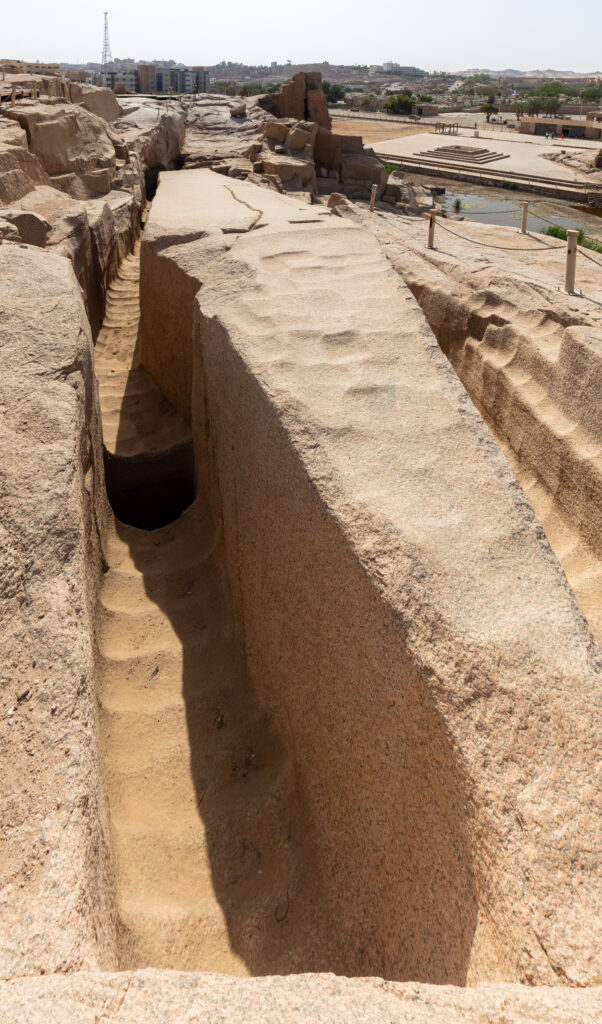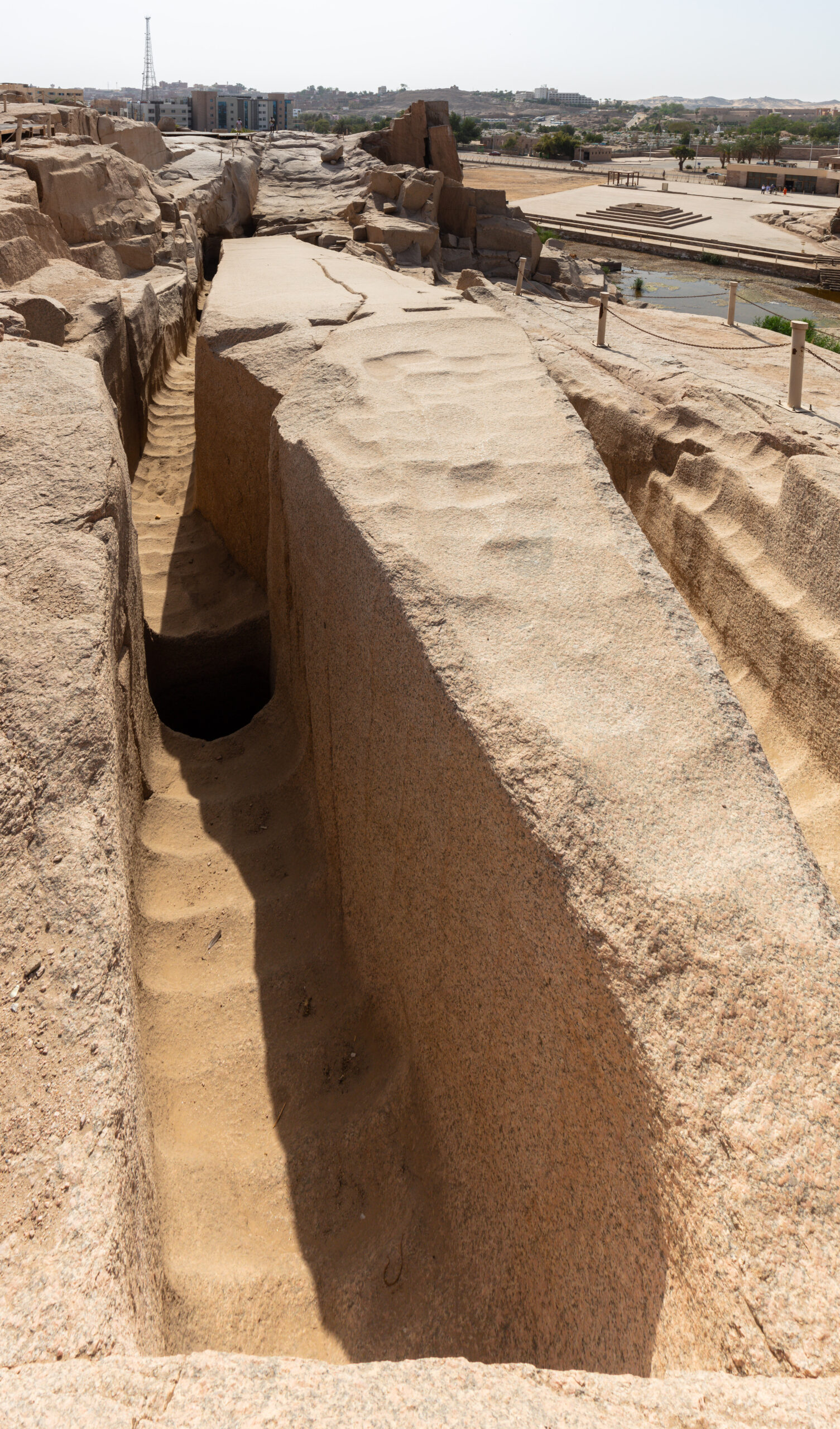Der „Unvollendete Obelisk“ in Assuan ist eines der faszinierendsten Relikte altägyptischer Steinmetzkunst. Dieses beeindruckende Denkmal bietet nicht nur Einblicke in die Techniken und Herausforderungen der alten Ägypter, sondern erzählt auch eine Geschichte von Ehrgeiz und handwerklichem Können.
Einführung in die Welt der Obelisken
Unfinished Monument 2025 – Discover Aswan’s Ancient Engineering Marvel
In 2025, the unfinished monument remains one of the most fascinating historical sites in Aswan, offering a raw and authentic glimpse into ancient stone-carving techniques. Believed to have been commissioned by Queen Hatshepsut, this massive granite structure lies partially carved in a quarry, abandoned due to a critical crack in the stone.
If completed, it would have stood over 42 meters tall and weighed more than 1,000 tons—making it the largest known monument of its kind in ancient history. Today, the site is a must-visit for travelers interested in ancient craftsmanship and engineering. Tool marks, chisel lines, and guide grooves are still visible, providing insight into how such colossal pieces were created without modern machinery.
Enhanced signage and improved access in 2025 make the unfinished monument an even more compelling stop on any Aswan itinerary. It’s not just a structure—it’s a story frozen in stone, revealing the ambition and skill of a powerful civilization.

Obelisks were significant monuments in ancient Egyptian culture, often symbolizing the sun and the connection between heaven and earth. They were carved from a single piece of stone and were known for their height and precision. It, located in a granite quarry in Aswan, was meant to be the largest obelisk ever erected.
The History.
-
Entdeckung
Der unvollendete Obelisk wurde während des Neuen Reiches, wahrscheinlich unter der Herrschaft von Königin Hatschepsut, in Auftrag gegeben. Er liegt noch heute im Granitsteinbruch, wo er aus dem Fels gehauen wurde. Wäre er fertiggestellt, wäre der Obelisk etwa 42 Meter hoch und hätte rund 1.200 Tonnen gewogen.
-
Aufgabe der Arbeit
Work on the obelisk was abruptly stopped when cracks appeared in the granite. These cracks rendered the obelisk unusable as its structural integrity could no longer be guaranteed. The ancient Egyptians decided to abandon the project, leaving it in its unfinished state.
Steinbearbeitungstechniken
-
Werkzeuge und Methoden
The work on that provides valuable insight into the techniques of ancient stonemasons. Workers used dolerite balls to shape and smooth the granite by pounding on the stone. This method required immense patience and skill because granite is an extremely hard rock.
-
Herausforderungen
The main challenge in working on it was extracting and transporting the stone without causing cracks.It clearly illustrates the difficulties faced by the ancient Egyptians and highlights the impressive engineering skills required to erect such monuments.
Bedeutung des unvollendeten Obelisken
-
Historische und kulturelle Bedeutung
It is not only a technical masterpiece but also an important cultural heritage. It provides archaeologists and historians with valuable information about the practices and technologies of the ancient Egyptians. Additionally, it symbolizes the relentless ambition and capabilities of this ancient civilization.
-
Touristenattraktion
Today, the Unfinished is a popular tourist attraction in Aswan. Visitors can walk through the quarry and experience the immense size and weight of the obelisk up close. Information boards and guided tours offer insights into the history and significance of the monument.
Abschluss
The Unfinished Obelisk of Aswan is an impressive testament to ancient Egyptian engineering and an important part of Egypt’s cultural heritage. It tells the story of an ambitious project that, despite its incompleteness, continues to fascinate and inspire. A visit to Aswan to see this monumental is a journey into the past and a profound insight into the skills and challenges of the ancient Egyptians.
Weitere Informationen:
-
RA Reisen – Ausflug nach Assuan und Abu Simbel
-
Unvollendeter Obelisk von Assuan – Wikipedia

